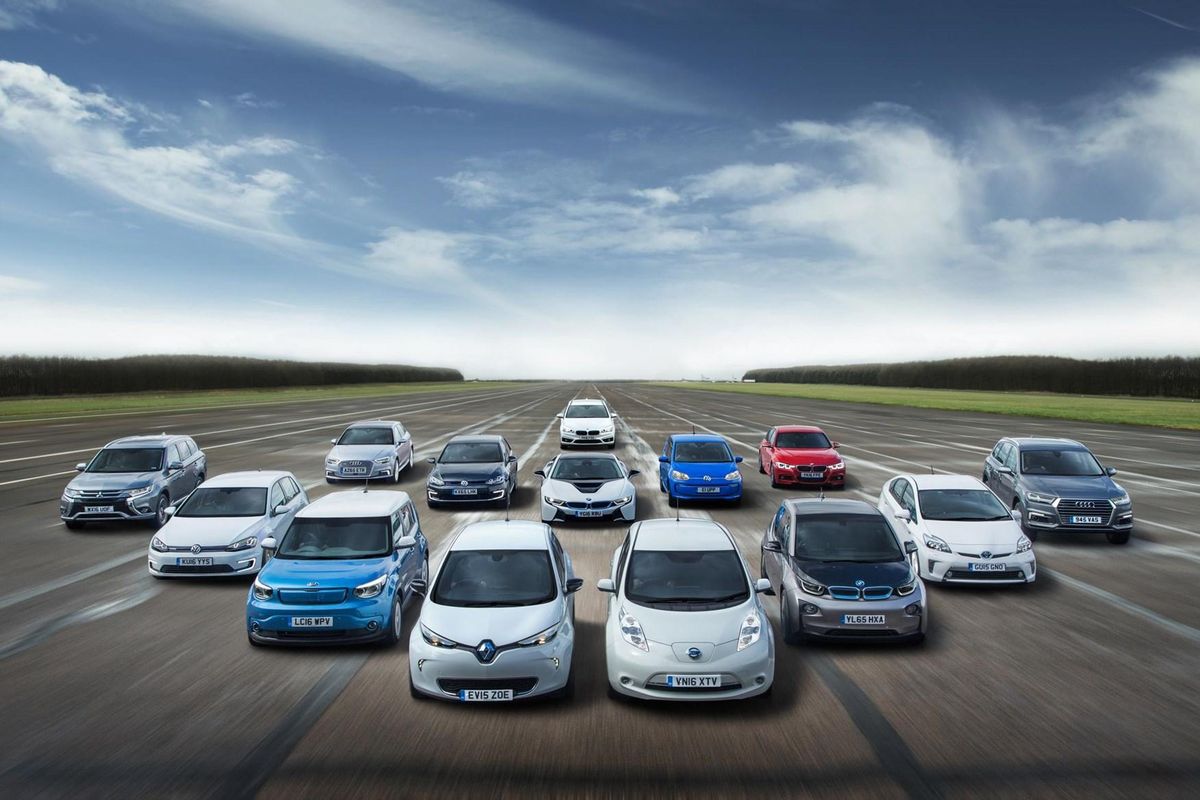Global EV supply chains are going through a significant strategic change in China, the country with the largest EV market in the world. China has established itself as a vital hub for international automakers by controlling the production of lithium-ion batteries, rare-earth metals, and EV components over the last ten years. But growing export restrictions and tariffs, as well as geopolitical tensions, especially with the US and its allies, are forcing China to reconsider its supply chain strategy. Now, the emphasis is on domestic vehicle assembly and advanced battery production rather than exporting raw materials, indicating a shift toward increased self-reliance and improved value creation within its borders.
Battery cells, lithium, cobalt, and nickel are among the many EV components that China has historically exported in significant amounts to nations like the United States, Germany, and Japan. Many overseas EV manufacturing operations relied heavily on these exports. However, growing trade disputes and international sanctions on Chinese firms such as CATL and BYD have revealed weaknesses in this export-oriented business model. China wants to lessen its dependency on international markets and its exposure to geopolitical risks by prioritizing domestic assembly of completed EVs and boosting domestic battery production. It is anticipated that this strategic shift will increase China’s dominance over the EV value chain and boost domestic producers’ profit margins.
The global push for EV adoption and the competition for technological leadership are two key factors driving this change. To ensure energy independence and meet aggressive climate targets, governments around the world are providing incentives for domestic EV and battery production. China is now concentrating on vertically integrating its EV supply chain, which includes everything from high-performance battery production and vehicle assembly to the mining and refinement of vital minerals. Domestic EV brands like Nio, XPeng, and BYD are able to scale production effectively while maintaining their competitiveness abroad thanks to investments made by companies like CATL in solid-state battery technology and massive gigafactories in China.
The realignment of China’s supply chain has broad ramifications. Global automakers may find it more difficult and costly to source essential EV components. Supply shortages or higher prices may force nations that currently depend on Chinese battery exports to diversify their suppliers and make investments in domestic manufacturing. As automakers look to lessen their reliance on a single dominant supplier, this change may hasten the development of EV ecosystems in Southeast Asia, the U.S., and Europe. However, by providing high-quality, reasonably priced cars for both domestic and export markets, China’s focus on local assembly may strengthen its position as the market leader in EVs.
China’s strategy also takes into account technological and environmental aspects. Solid-state and high-nickel cathodes are examples of advanced battery technologies that call for complex manufacturing procedures that are simpler to manage domestically. Chinese companies can increase quality, protect intellectual property, and spur innovation by centralizing production. China can also lessen environmental issues associated with mining and processing by exporting fewer raw materials, which will also help the nation’s economy grow and create jobs. This strategy supports China’s dual objectives of green transition and industrial modernization.
China’s supply chain recalibration offers both opportunities and challenges for developing markets in regions like Africa, Southeast Asia, and India. On the one hand, it creates opportunities for cooperation in technology transfer, EV assembly, and battery manufacturing. However, these nations might have to deal with more competition and higher import prices for components and raw materials that China used to supply in large quantities. To prevent local industries from being left behind in the global EV revolution, policymakers will need to strike a balance between industrial growth and strategic autonomy.
In conclusion, China’s strategic change in supply chains for electric vehicles signifies a rebalancing of industrial power on a global scale. China wants to preserve its market dominance and lessen geopolitical vulnerabilities by concentrating on vertical integration, advanced battery production, and domestic assembly. China’s place in the EV ecosystem is strengthened by this tactic, but it also puts pressure on rivals worldwide to diversify their supply chains and make investments in domestic manufacturing facilities. China’s supply chain development will have a significant impact on global automakers, policymakers, and consumers as electric vehicles become essential to the future of mobility and climate action.
